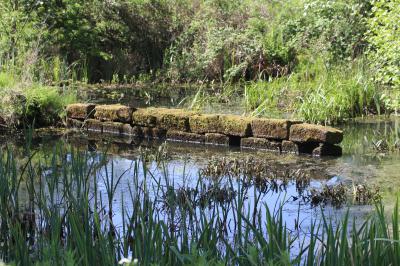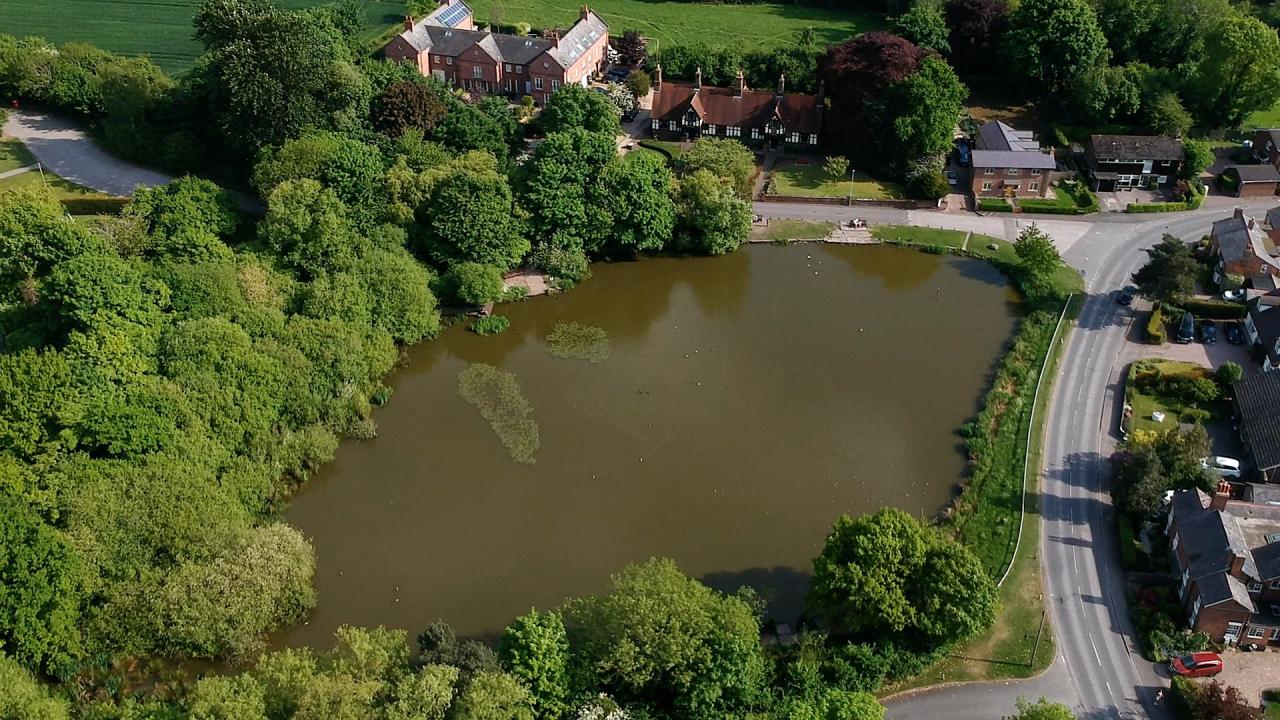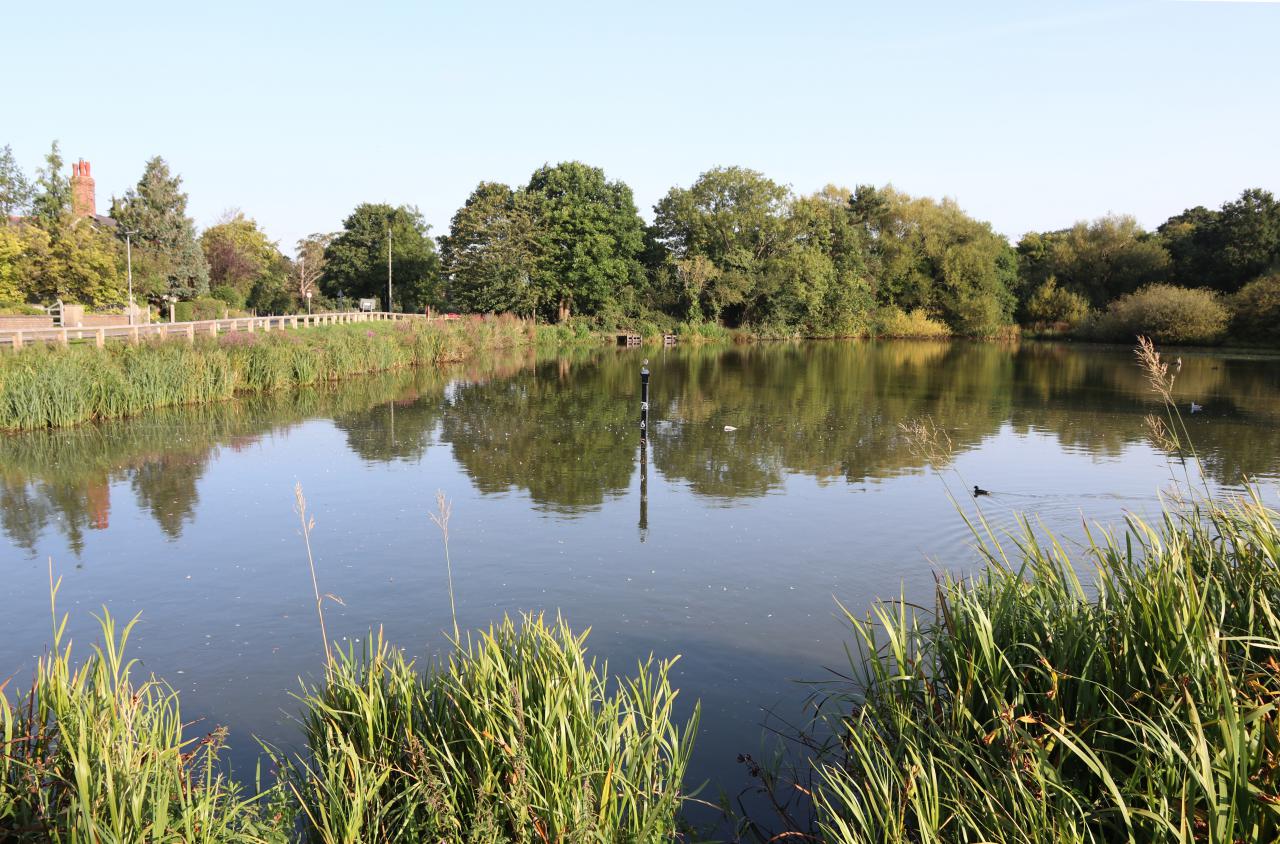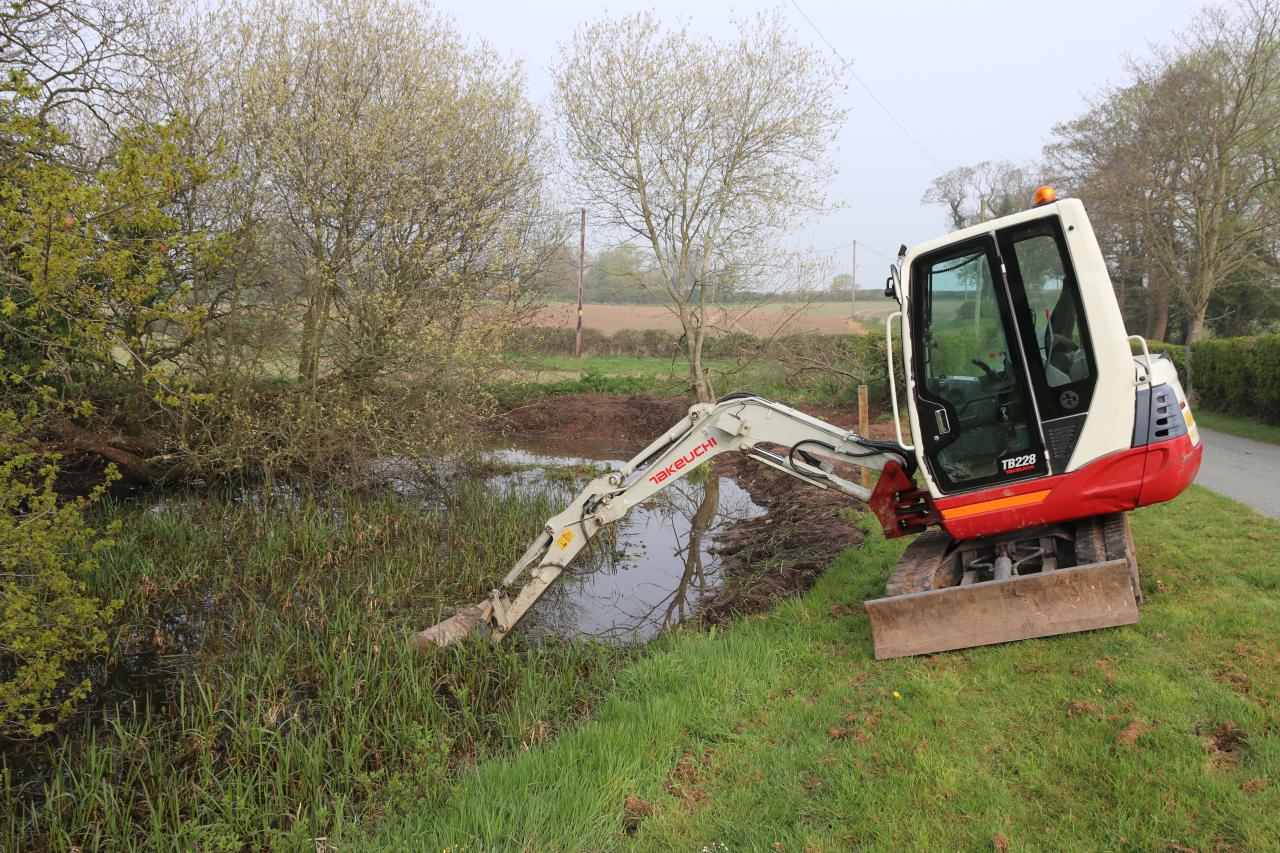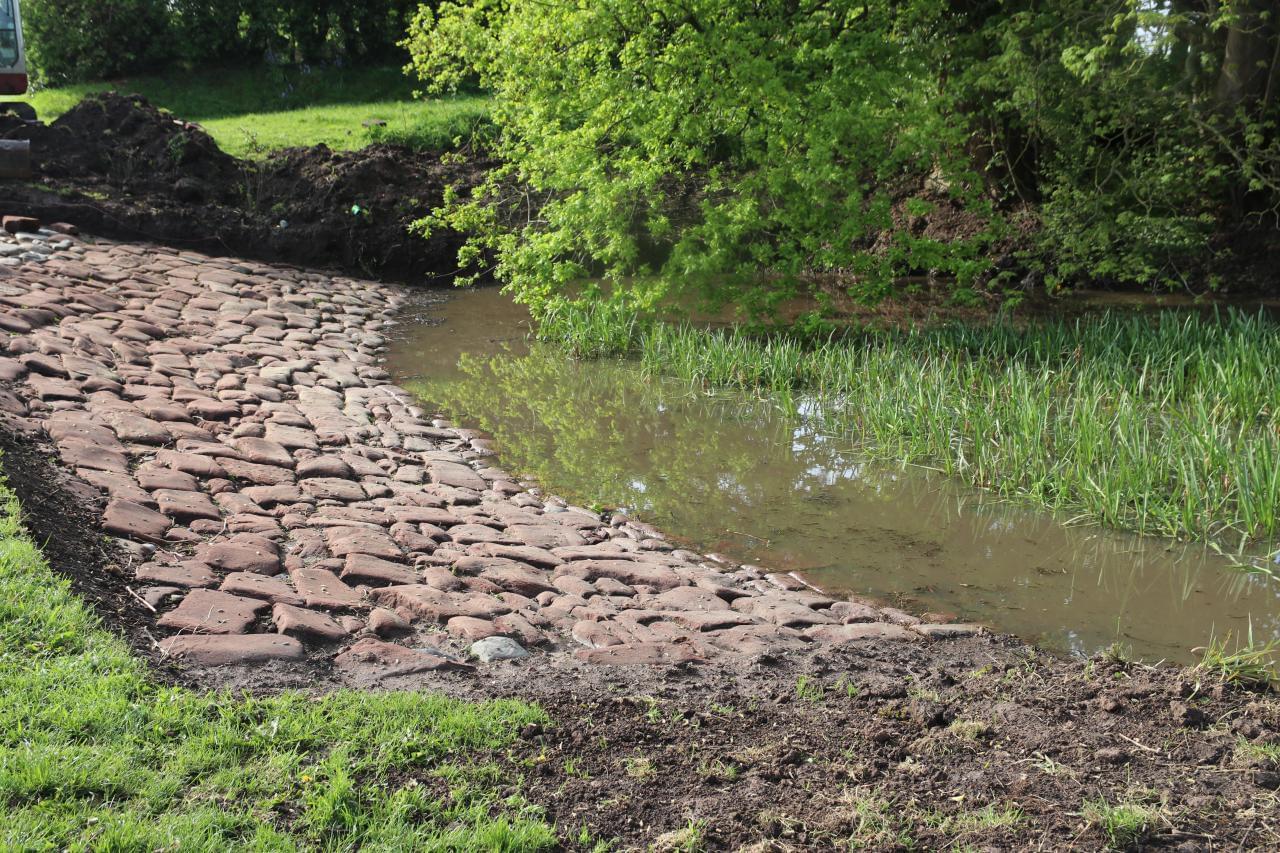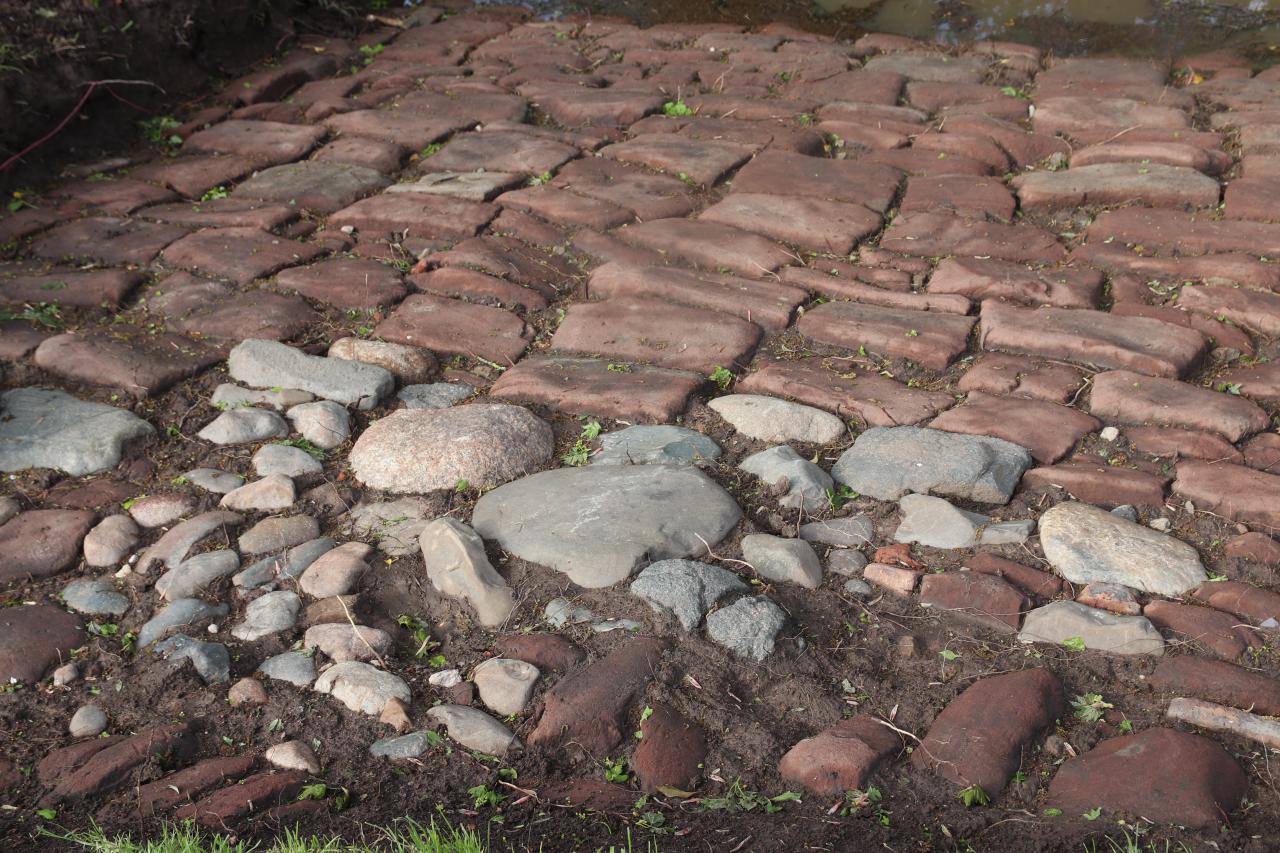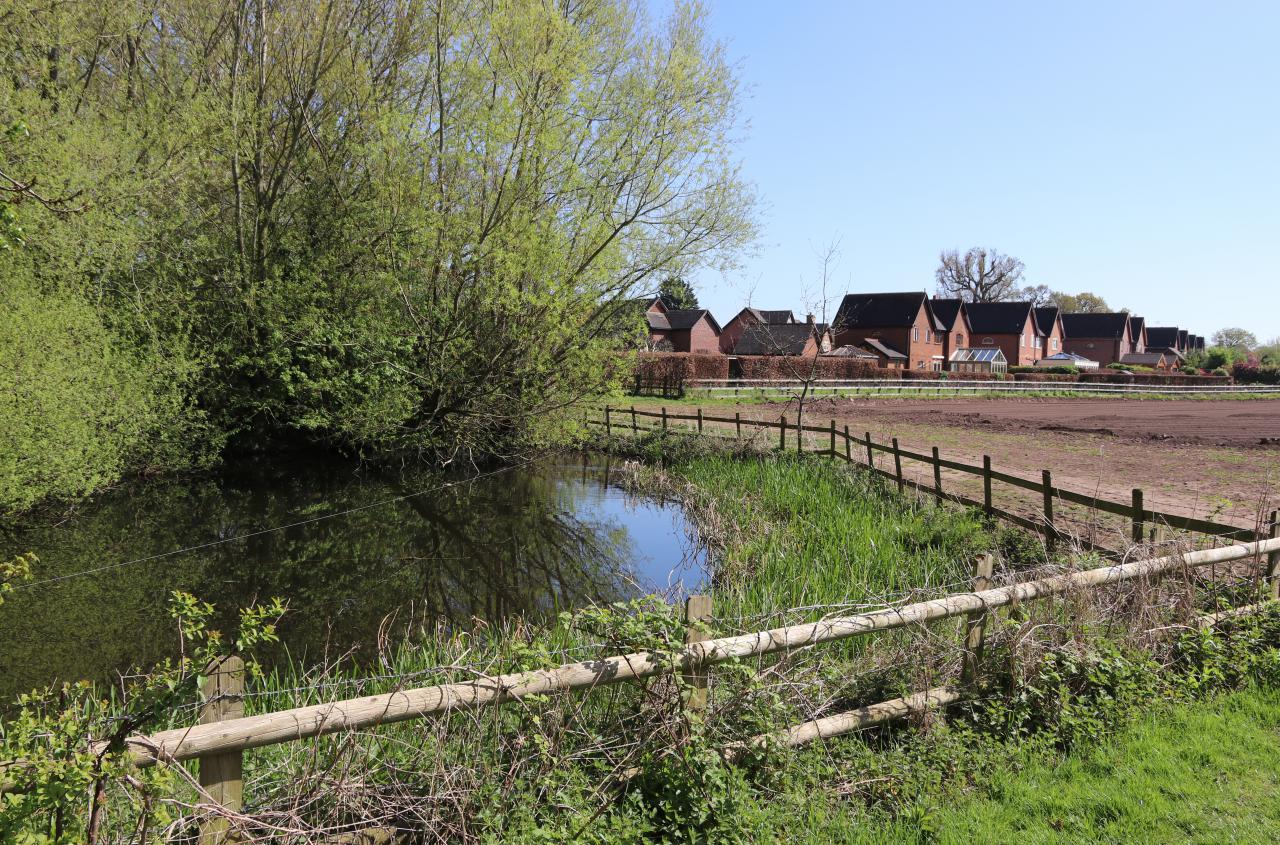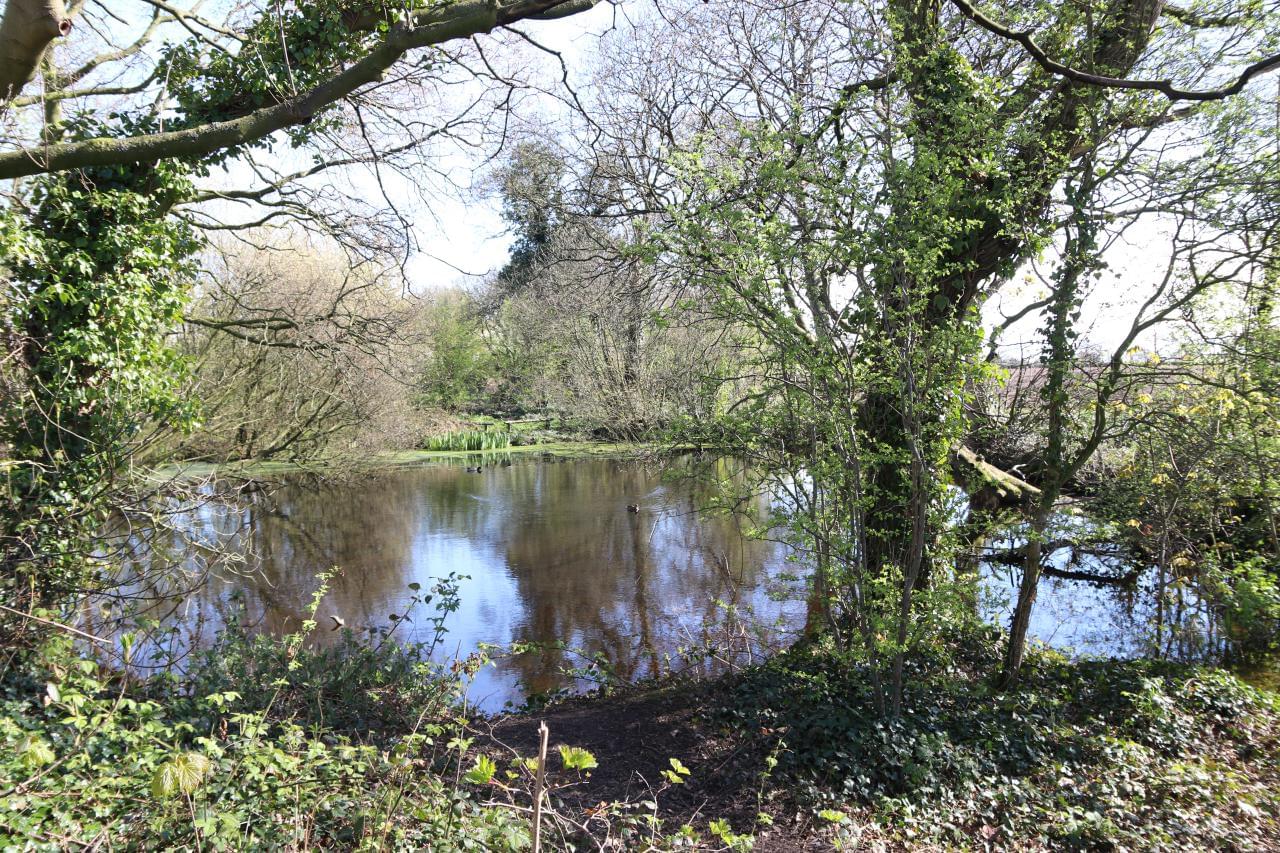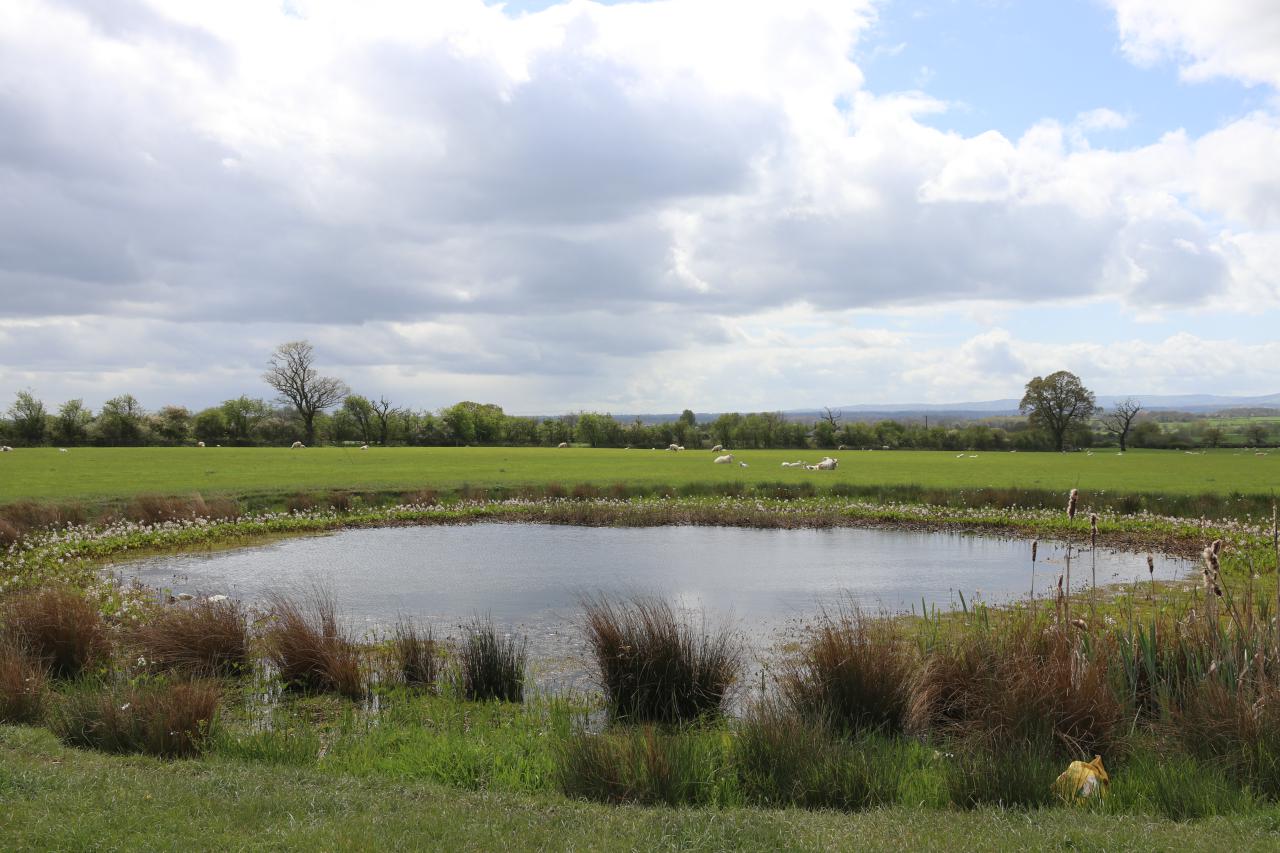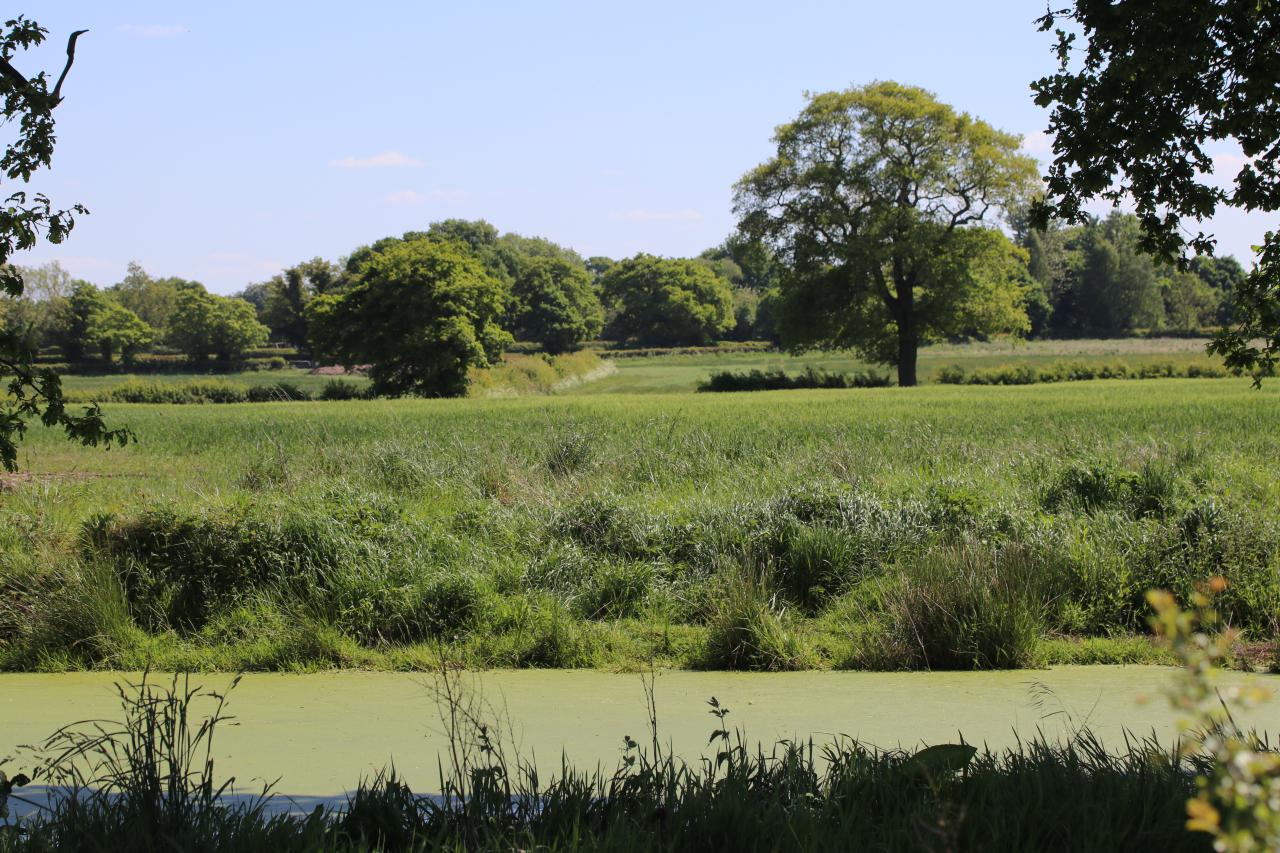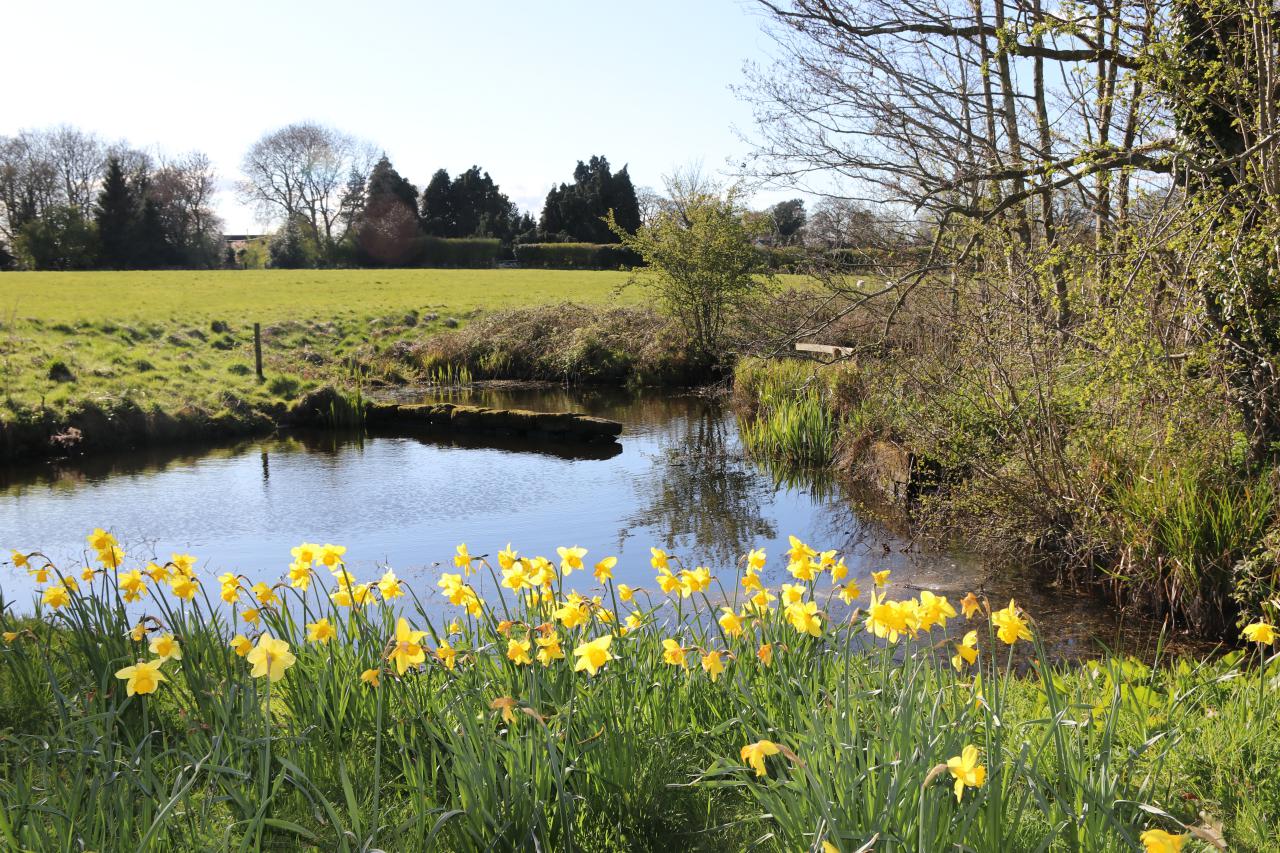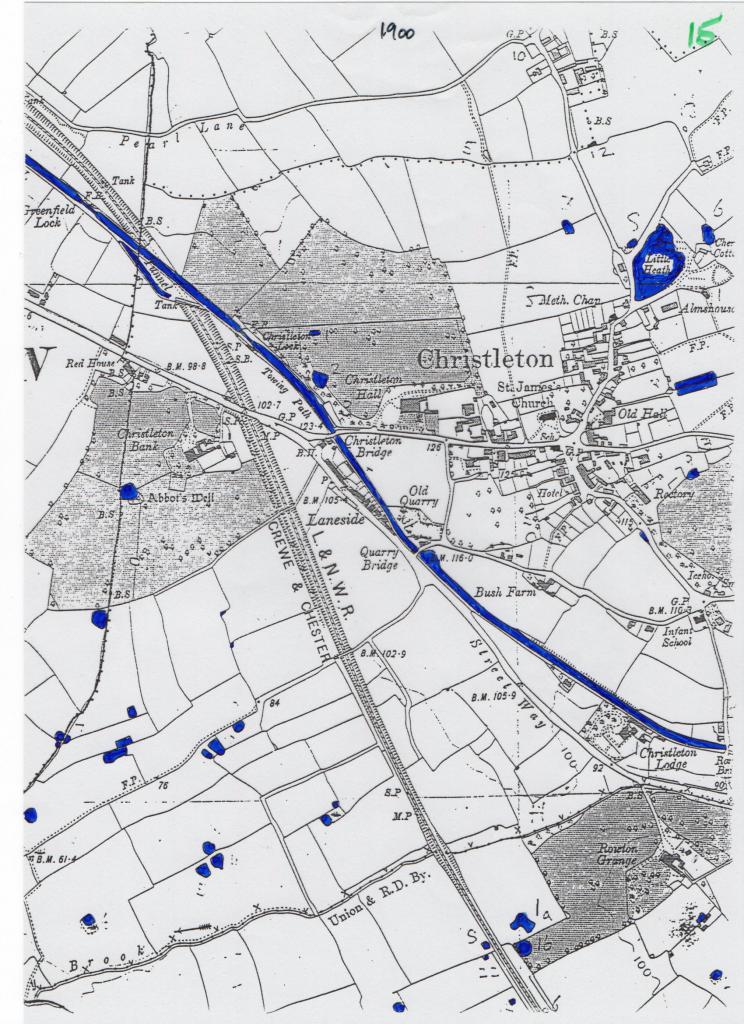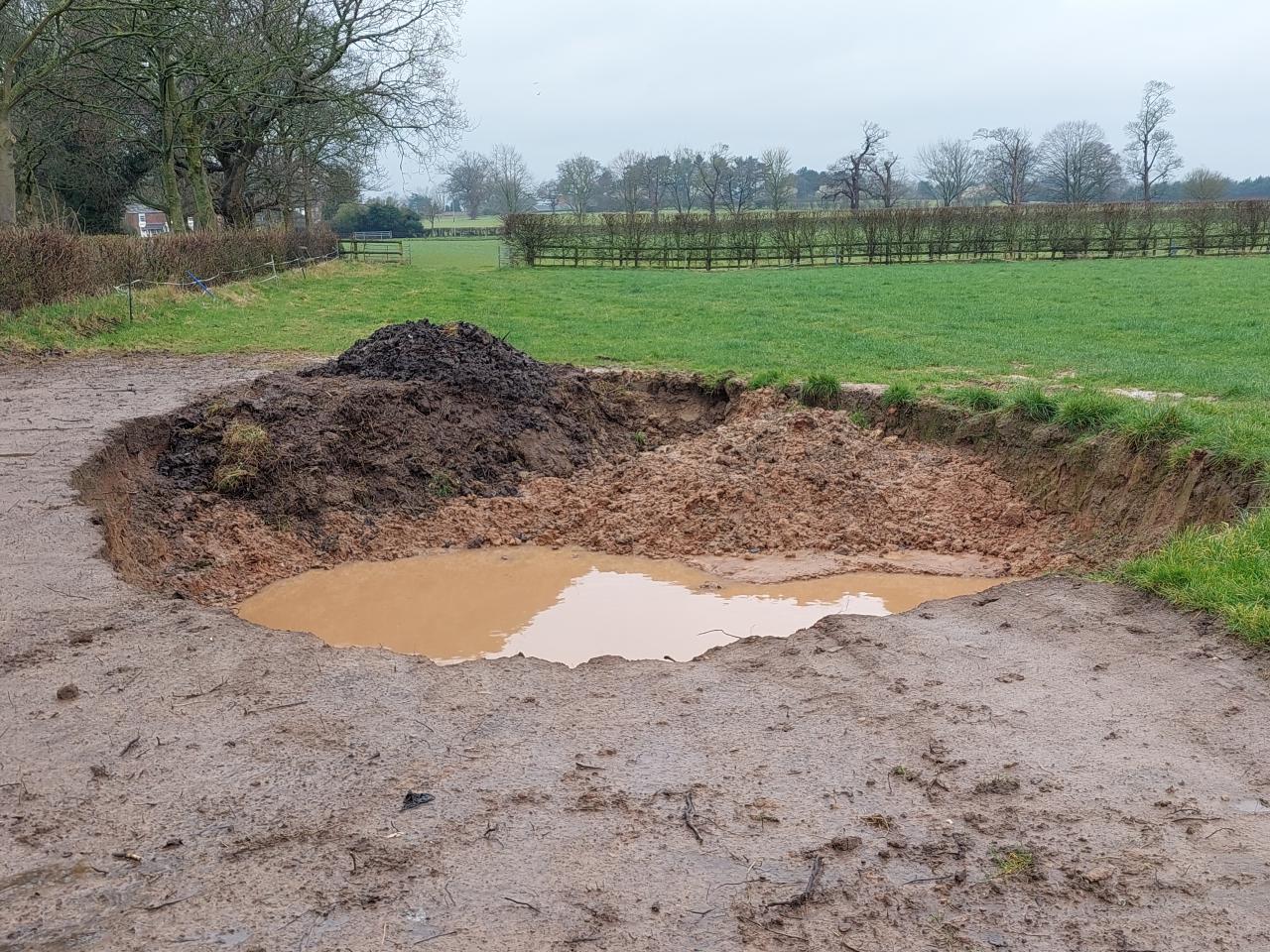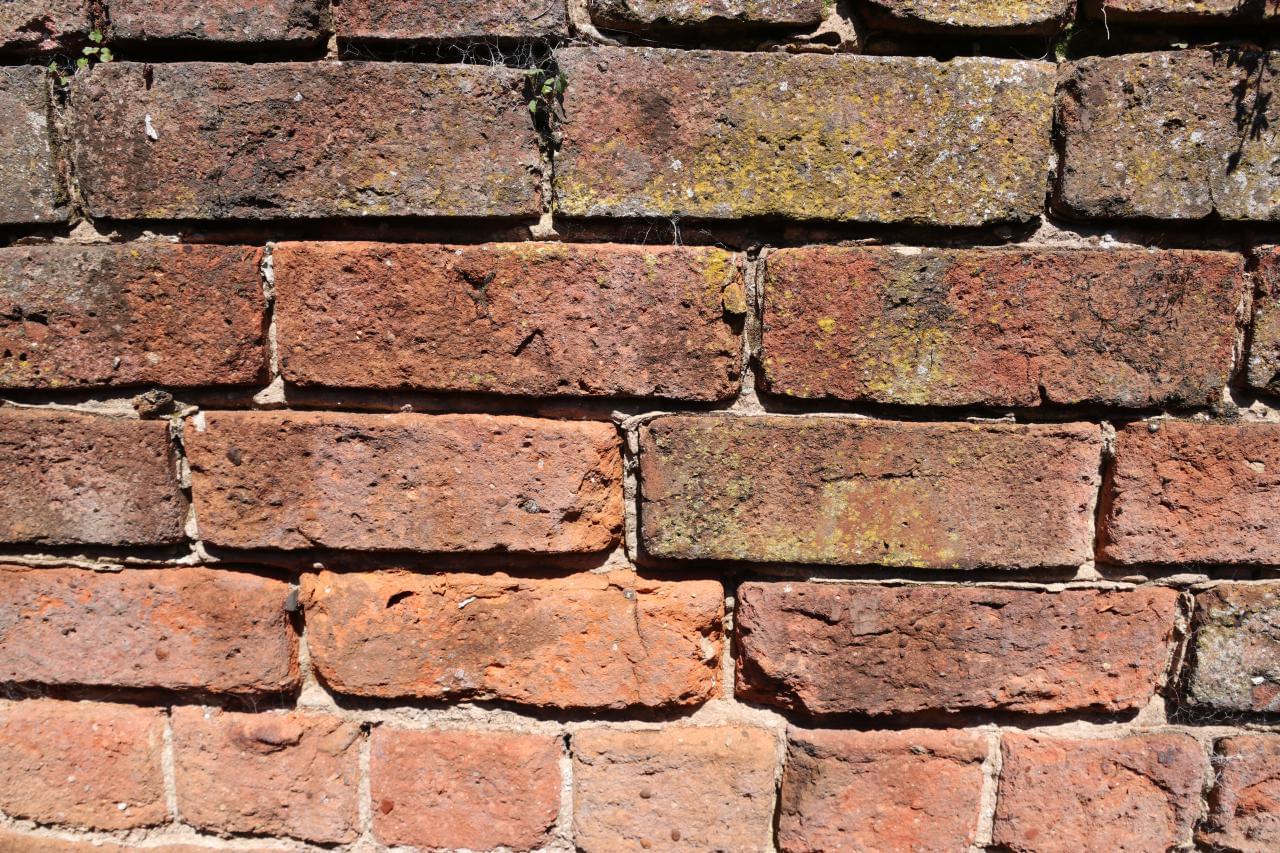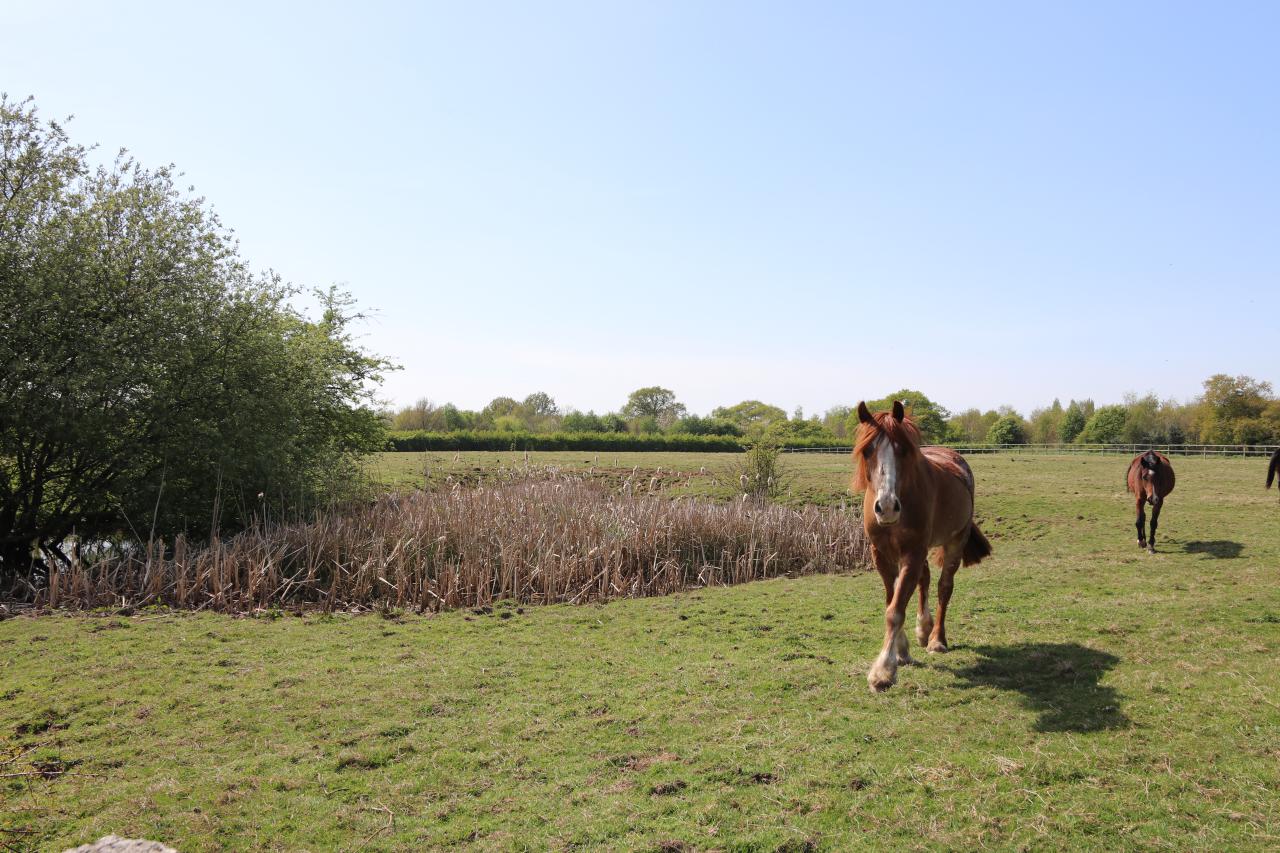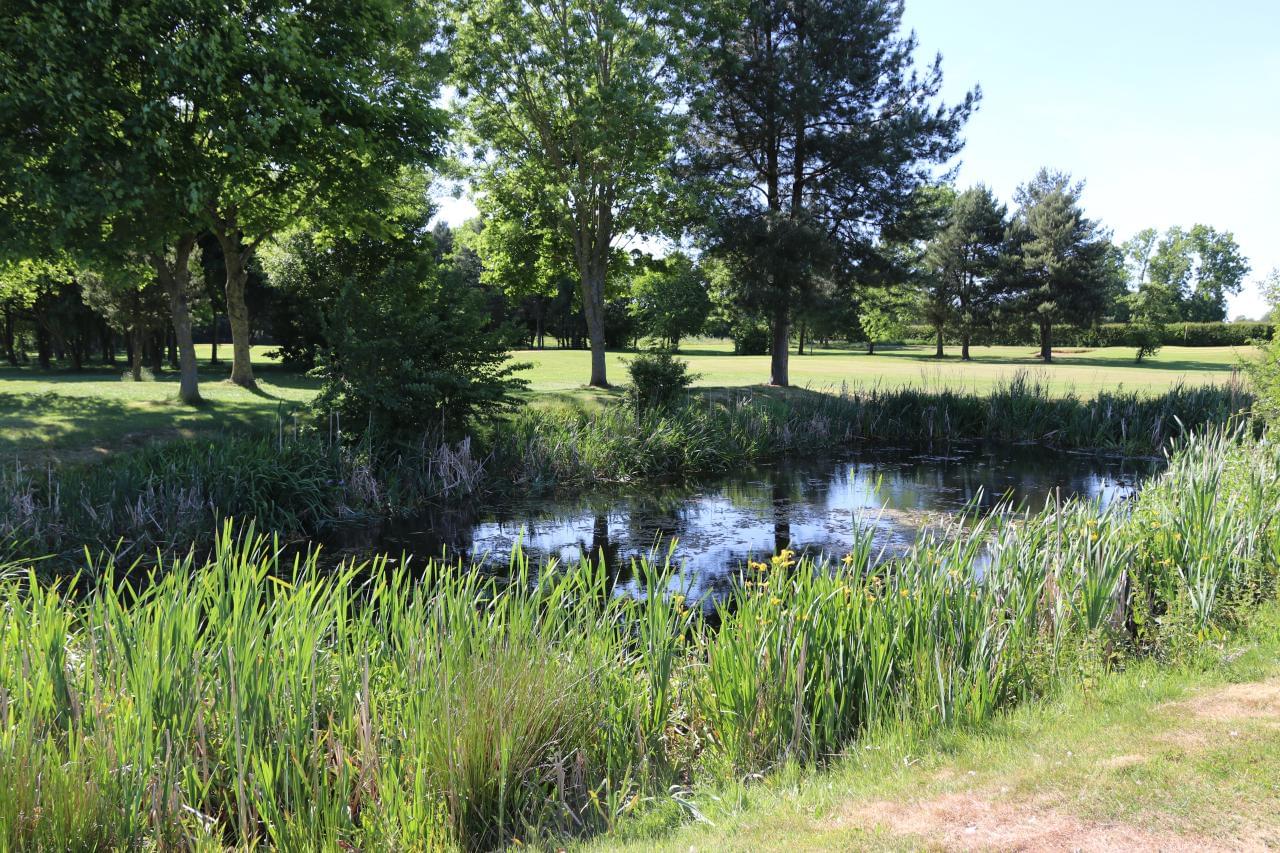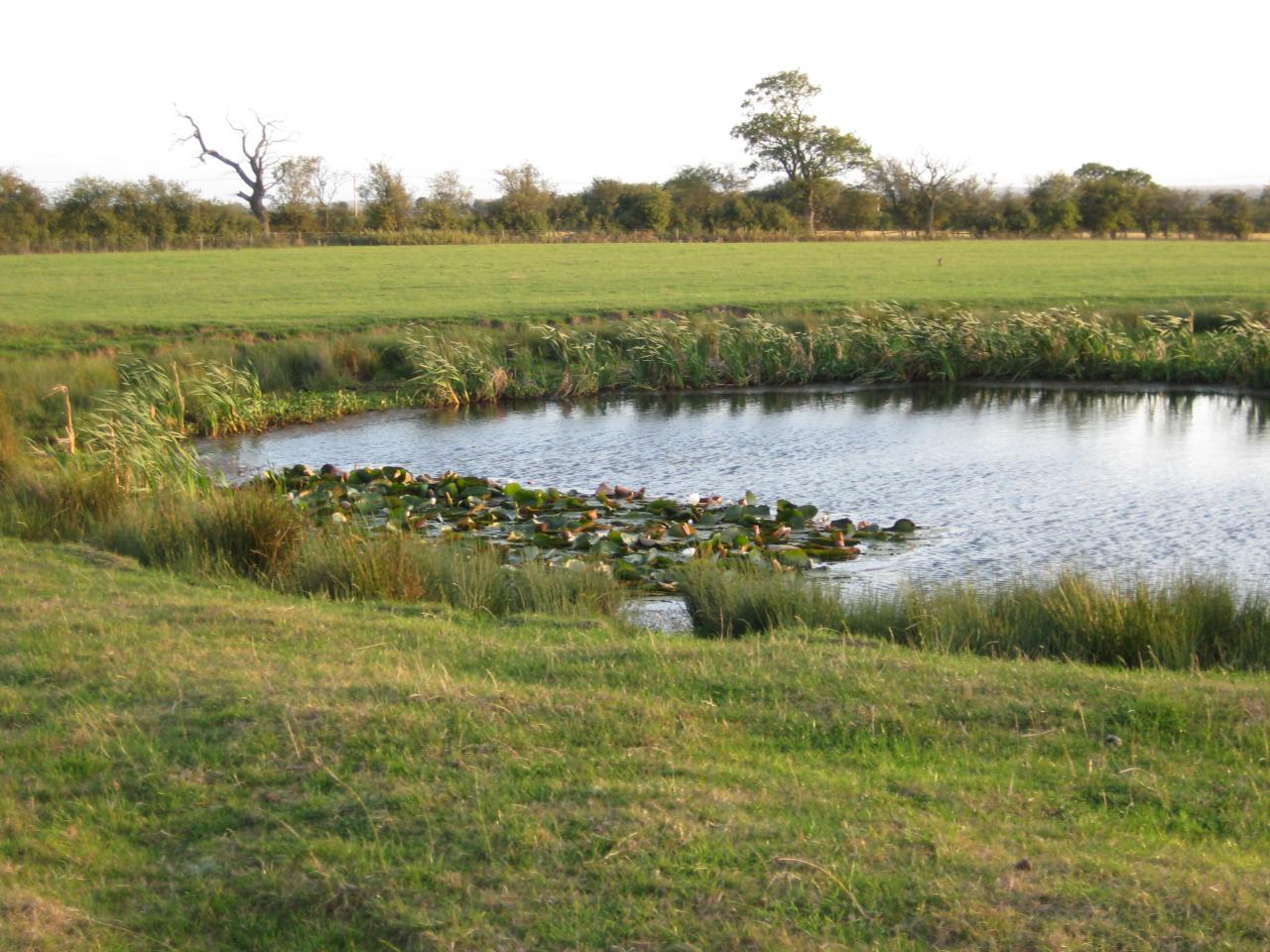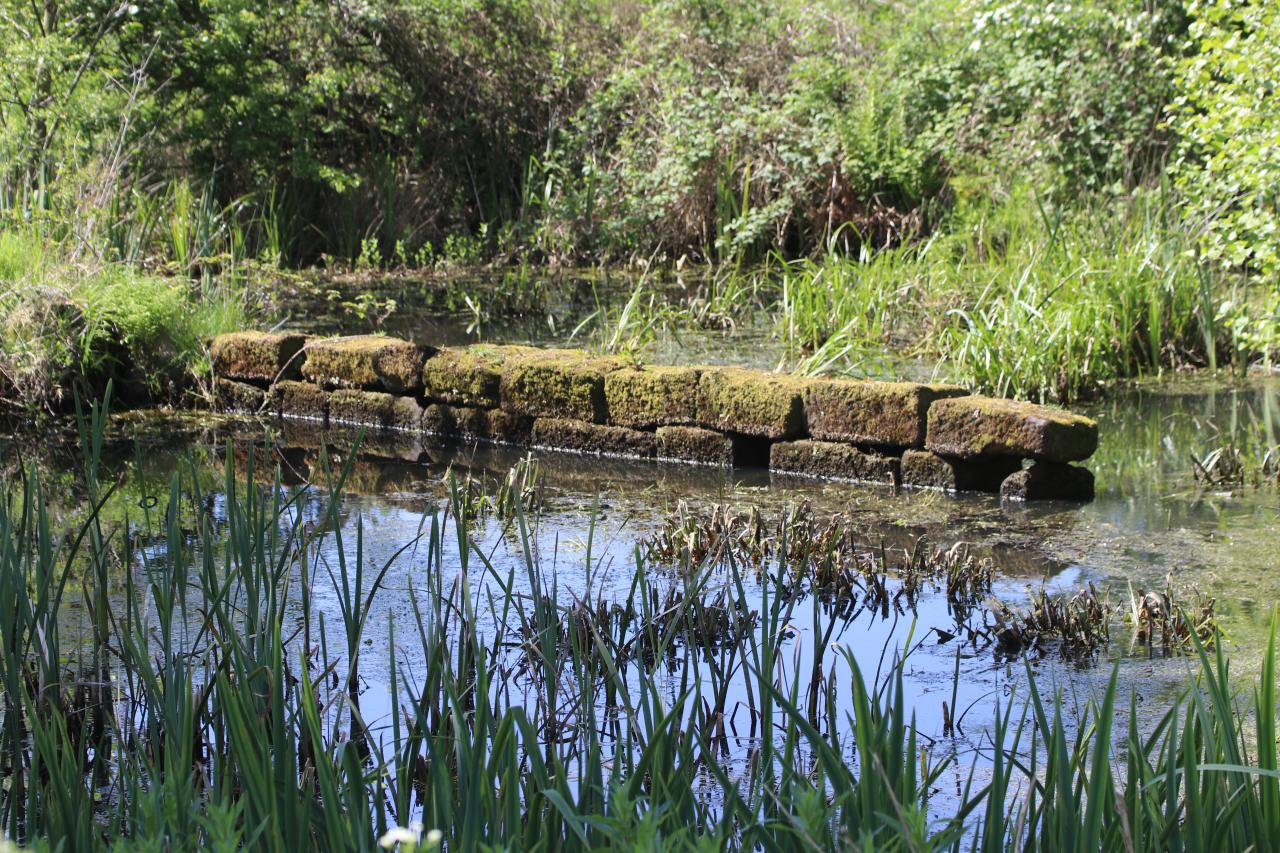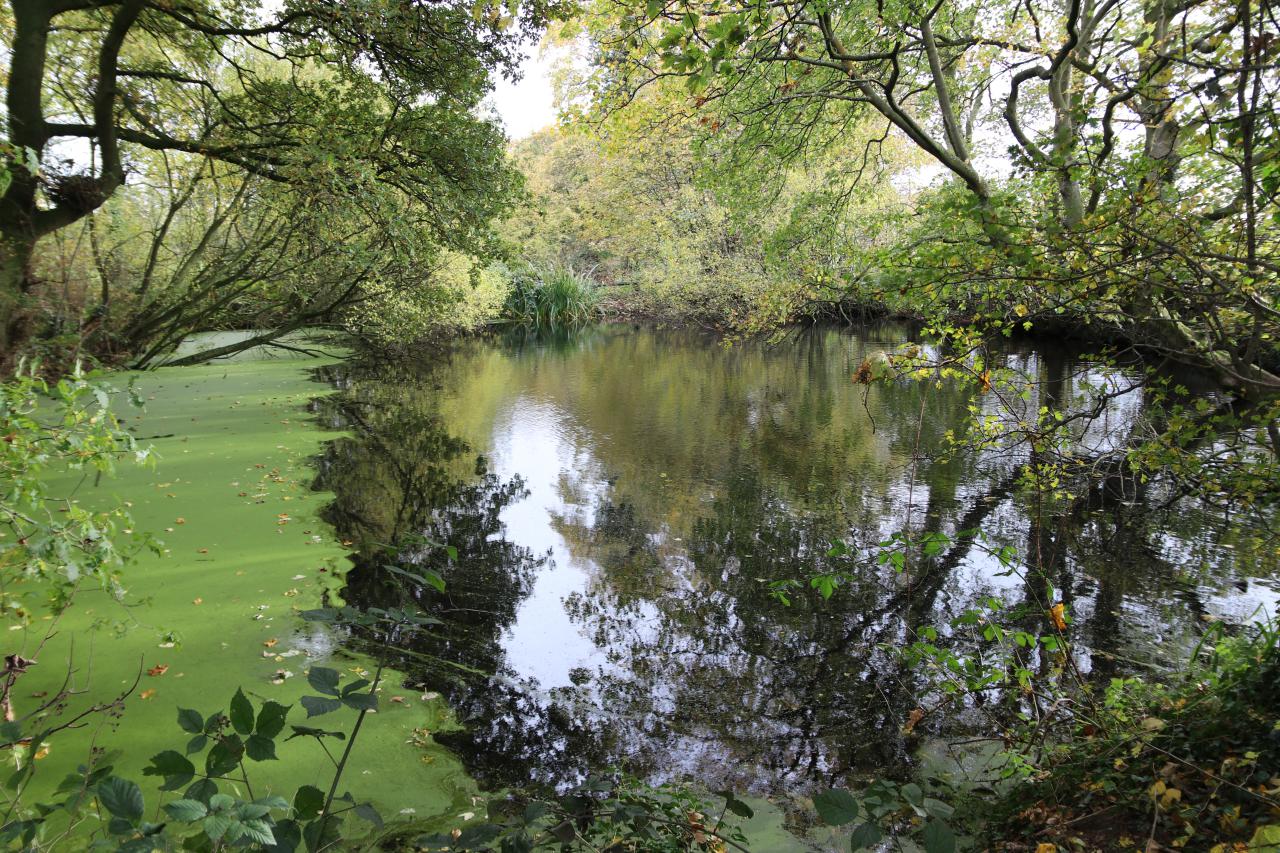
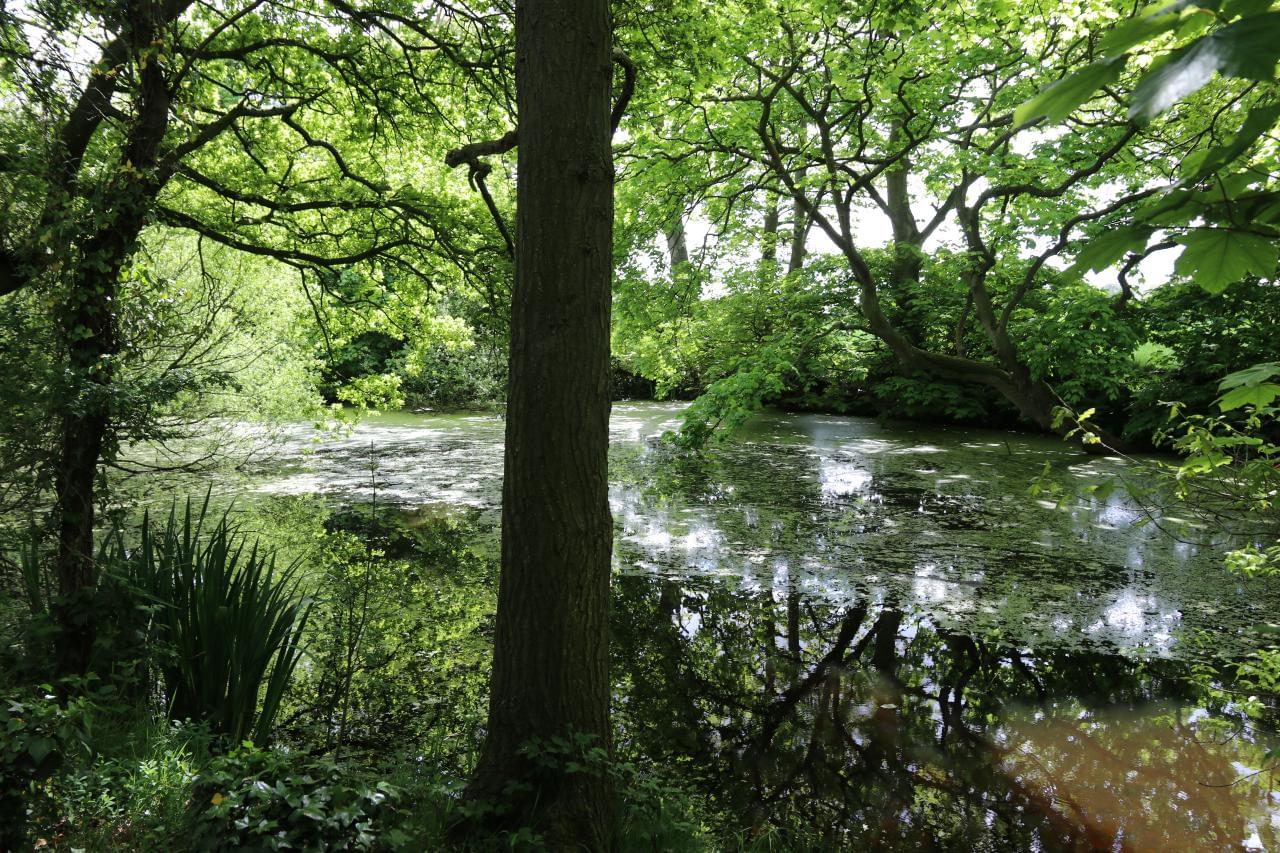
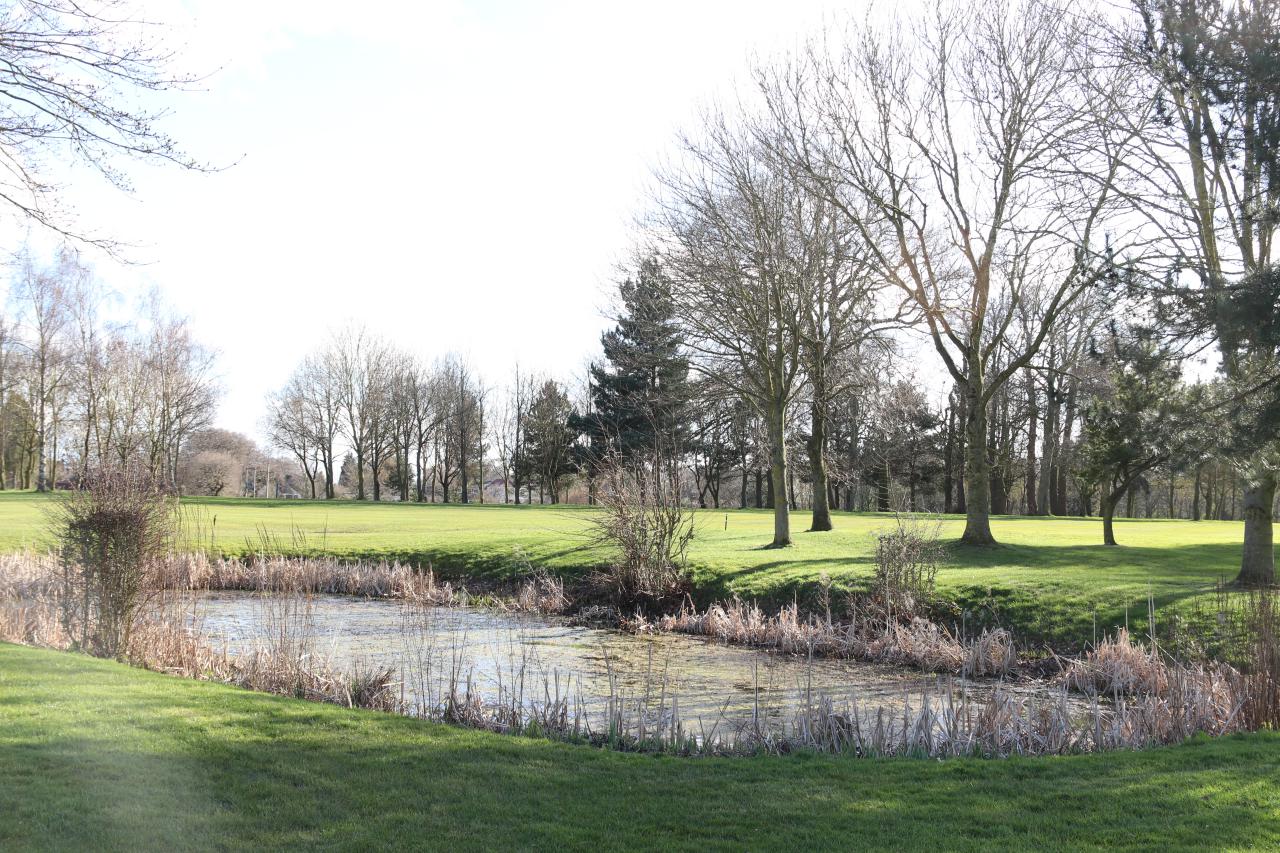
I’m often asked about the history of the large number of Pits found around the Village, and it is a very interesting topic. The origins of the pit at Little Heath date back to at least 1710 when Gerard Townsend, a Merchant of Chester (Ironmonger) who had purchased the Old Hall, built "a pond for fish", enlarging a pond on land belonging to the then Lord of the Manor, Sir Henry Harpur of Calke Abbey in Derbyshire. Evidence for this comes from a case at Chester Assizes in 1772 when Robert Townsend, Gerard's son and heir, was prosecuted for not having paid tax to the Lord of the Manor of Christleton for the pond on his land over the subsequent years. Robert was at that time Recorder of Chester (senior solicitor) so it was a very high profile court case with opinion being sought from lawyers all over the country including Grey's Inn in London.
The case involving "a pond for fish" at Little Heath was a very long drawn out affair, but it appears that Robert Townsend won the argument in court. The pond was on an area of land, even then described as "common land", land that the people of Christleton Parish had a right to use for grazing and watering their animals, a place to roam freely. There are stories in village folklore that suggest 'that horses of the Parliament' were watered there, and that it was the site of a medieval" ducking stool", but there is no actual evidence for either story. The first is a probability as Sir William Brereton's troops were stationed just a short distance away at the Old Hall and St James Church, but the ducking stool idea came from a suggestion by the Rev. A A Guest Williams, probably with tongue stuck firmly in his cheek.
We know from records that in the earliest accounts of farming in the parish from 1348 and 1349 harvests rotted in the fields because there were no reapers to reap them. It is also recorded that oxen were used for ploughing, and by the fourteenth century, the widespread use of marl as a fertiliser was established. It is said that real improvements in farming techniques began after the enclosures act at the end of the eighteenth century, with the inventions of better implements, and the introduction of artificial fertilisers. Signs of the old methods could still be seen around the Parish in the form of hundreds of Marl Pits, once said to number 280. Over 150 still remain, and it is interesting to note at the present time, that planning permission is being sought for many new ones to be dug. During the 18th and 19th Centuries these pits were essential to the farmers as marl, a mixture of clay and lime, was essential for improving the soil.
Marl was usually dug out and spread on farmland after the autumn ploughing. The effects of marling the land lasted for up to twelve years. Virtually every field had its own special pit, and occasionally two pits would be found on adjacent sides of a hedge, with the marlers taking advantage of the same deposit of clay. Teams of marlers travelled the county to work the pits. Once marl had been established by drilling with an auger, a team of four hewers and four fillers would open up the pit. The marl would then be transported by cart to where it was needed, and put down on the ground by the spreaders. It took about five days to cover an acre at a cost of £12, but £20 if bad weather caused delays. The carters were paid 20s a week plus 4s a week to feed their horses, and the marlers 14s a week. The marlers meagre pay was supplemented by money earned in entertaining villagers in the evenings in the local pubs. They had a folklore and culture of their own, with many poems, songs and dances. Village festivals often occurred when the marlers were present, and their special finishing day was celebrated in grand style with both Maypole and Sword Dancing and even Bear Baiting in some villages. (This probably did take place at Christleton, and fairs were held around the Village Green.)
It's possible that many of the marlers were Irish Navvies who stayed in the area after the digging of the canals. They certainly had a reputation for working hard and of course dug out all the marl by hand. It was in fact the coming of the canal era which ended the process of marling, as it became common practice in Cheshire to "import" cheaper lime from the quarries in Llangollen in North Wales and Derbyshire. Barges from Llangollen could easily get to Christleton along the Llangollen and Chester Canals, later to be incorporated as the Shropshire Union Canal Company.
Many Pits can be recognised by their steep sides and regular slopes, especially when they were used to water cattle, and the best example of this is at Cotton Farm where an old pit was recently uncovered by farmer Nigel Hill. Another particularly attractive “walk in Pit” is on Rowton Lane, at the edge of the battlefield at Rowton Moor. There are however many attractive pits all across the parish, and they are excellent places to see wildlife. Some are open, occasionally covered in reed mace or water lilies, whilst others remain attractive features, such as on the Golf Course at Vicars Cross, or at Birch Heath Common. You can still see a good number from footpaths all around the Parish, but Rowton was often described as the place in the parish with the most marl pits. (See the enclosed map) The original surveys of the Pits and the natural history of the village in 1972-6, were carried out by the late Dr Anthea Brian OBE who lied in the Parish for many years, and the late Mrs Barbara Redwood wife of the County Archivist Brian Redwood. They involved villagers and children from the school, led by a new Headteacher David Cummings in their survey work, and in that sense started the work of conservation, which eventually led to the formation of the Pit Group. The initial 1970’s survey was deposited in the Biological Archives in Liverpool, whilst Christleton Pit Group carried out further surveys of the Pits in the Parish around 2000.
P.S.
An Amusing story from a Parish Magazine in 1875.
Little Heath Pit has been honoured by the advent of three swans which have taken up their quarters there, at all events they are great ornaments to the Pit (which in these “ Title” days might be called a Lake) but we can believe that the regular denizens of the Pool (let us ascend gradually) find their presence convenient. But they are only ducks and geese!, and we have the bad taste to prefer swans. We hope therefore that our visitors will be left undisturbed and that they will not share the fate of Mr Leo Hunter’s frog. We may as well hint, by the way, that swans are bad to meddle with, and advise the boys for their own sake, to leave them alone.
Rector Canon Lionel Garnett
LISTEN INSTEAD OF READING
-
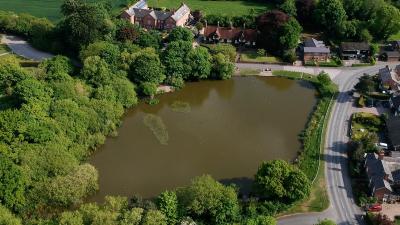
Christleton Pit - Phil Hirst
-
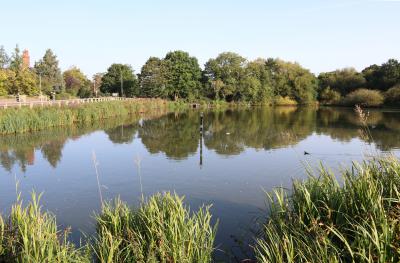
View of Christleton Pit
-

Excavation of a new Pit
-
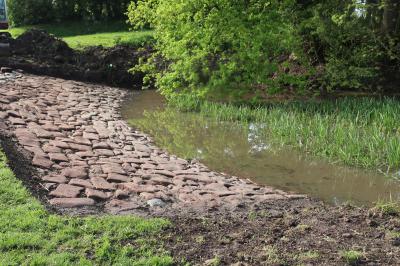
Callte Slope
-
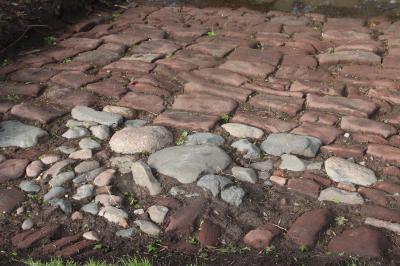
Sandstone Slipway
-
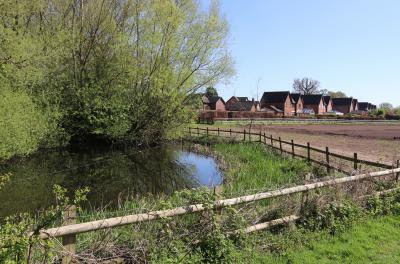
Pit at Brown Heath, Christleton
-
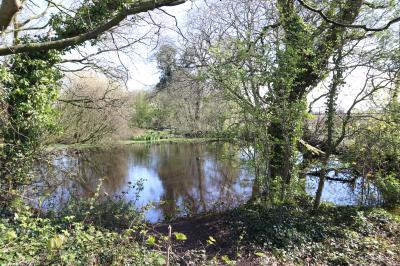
Pit at Brown Heath
-
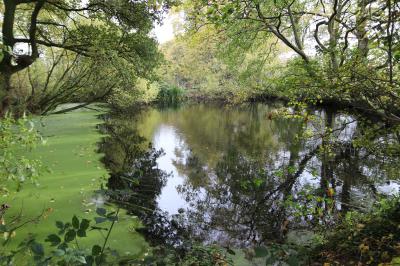
Pit at Birch Heath
-

Pit at Brown heath in Christleton
-
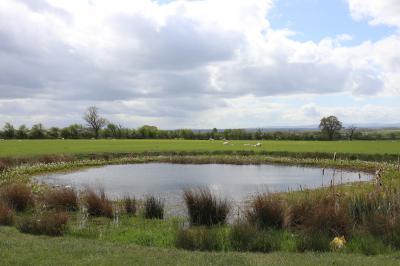
Marl Pit overlooking the River Dee
-
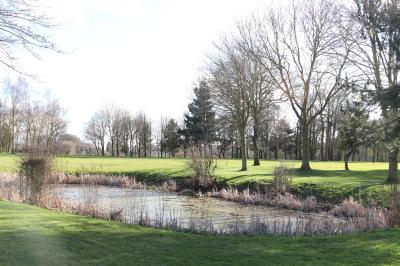
Pit at Littleton
-
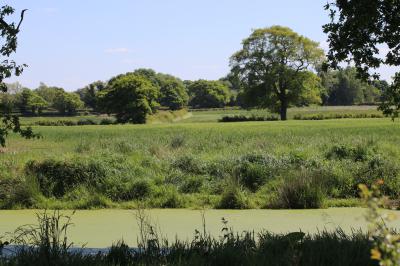
Pit at Littleton, near Chester
-
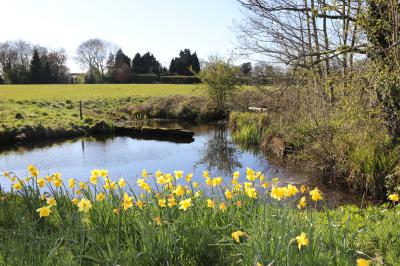
Pit at Rowton
-
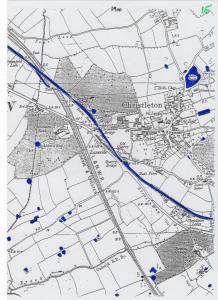
Map of Marl Pits in Christleton an Rowton
-
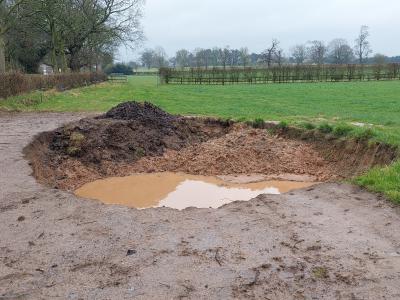
Newly Dug Pit
-
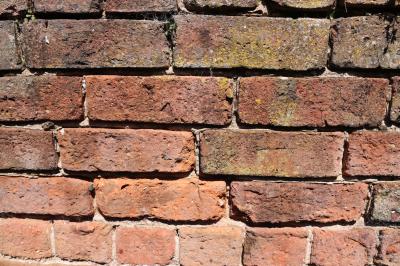
Christleton Hand made Bricks
-
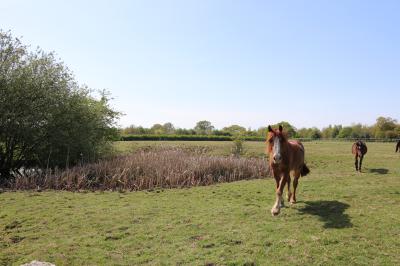
Pit at Rowton, Chester
-
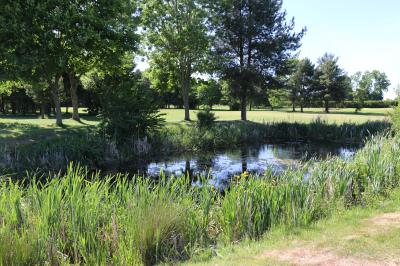
Pit at Vicars Cross
-
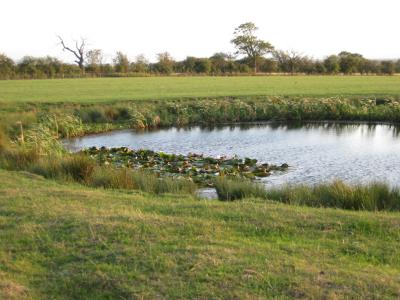
Pit with Water Lilies
-
